Pixars Boy Stories
Masculinity in a Postmodern Age
Shannon R. Wooden
Ken Gillam
ROWMAN & LITTLEFIELD
Lanham Boulder New York Toronto Plymouth, UK
Published by Rowman & Littlefield
4501 Forbes Boulevard, Suite 200, Lanham, Maryland 20706
www.rowman.com
10 Thornbury Road, Plymouth PL6 7PP, United Kingdom
Copyright 2014 by Rowman & Littlefield
All rights reserved. No part of this book may be reproduced in any form or by any electronic or mechanical means, including information storage and retrieval systems, without written permission from the publisher, except by a reviewer who may quote passages in a review.
British Library Cataloguing in Publication Information Available
Library of Congress Cataloging-in-Publication Data
Wooden, Shannon R.
Pixar's boy stories : masculinity in a postmodern age / Shannon R. Wooden, Ken Gillam.
pages cm
Includes bibliographical references and index.
ISBN 978-1-4422-3358-4 (cloth : alk. paper) ISBN 978-1-4422-3359-1 (ebook)
1. Masculinity in motion pictures. 2. Men in motion pictures. 3. Animated filmsHistory and criticism. 4. Pixar (Firm) I. Gillam, Ken. II. Title.
PN1995.9.M34W66 2014
791.43'65211dc23
2013046686
 TM The paper used in this publication meets the minimum requirements of American National Standard for Information Sciences Permanence of Paper for Printed Library Materials, ANSI/NISO Z39.48-1992.
TM The paper used in this publication meets the minimum requirements of American National Standard for Information Sciences Permanence of Paper for Printed Library Materials, ANSI/NISO Z39.48-1992.
Printed in the United States of America
Introduction
A Feminist Approach to Boy Culture
It is an exciting time to be feminists and parents in America. Our daughter, if we had one, could be spending her childhood amid a growing and powerful sisterhood of American women: voting for female candidates in her schools mock elections, cheering on the 2012 American Olympic team in what was widely dubbed The Year of the Woman, competing in her very own girls-only road races and triathlons, and learning in girls-only science camps and media workshops with openly feminist (or at least actively pro-girl) teachers. We would be invited to take our daughter to work, to learn with her at local womens arts and history events, even to walk a mile in womens shoes, taking back the night for her and her girlfriends. Select media, provided we carefully chose and screened, from documentary films to advertising campaigns to gender-specific psychology and self-help books, could tell her what a complex soul she has inside her, what a rich history she has behind her, and what a promising future ahead, as a powerful, smart young woman, beautiful on the inside, where it counts.
Granted, if we had a daughter, we would also have to help her navigate thong underwear marketing directed at tween girls, the relentless standards of thinness, and, tragically, the climate of sexual violence that hangs over high school and college cultures, especially when boys and girls and alcohol converge. We would have to dig up old Wonder Woman comics and nourish a healthy scorn toward macho action flicks whose female sidekicks seem to have failed to evolve even at the glacial pace of the rest of American society. We would still have to be vigilant about the numerous negative messages assaulting our child as she learns what being a woman in our culture has meant and anticipates what it might someday mean, taking care to check our own insidious biases and resist perpetuating the mixed and flawed messages we ourselves still sometimes blindly consume. As parents of a daughter, we might be even more determined to break glass ceilings, even more outraged at the persistent wage gap between men and women, even more aghast at Rihanna videos than we already are, just as feminists and parents.
In this imperfect and exciting time, though, we would have help: an emerging, and effective, feminist discourse is teaching us how to talk to and for our girls. As parents of a daughter, we would have an enthusiastic if not univocal American community in our corner, encouraging us to consciously and deliberately help our child develop into a strong person, ready to dream her big dreams and enjoy previously unthinkable opportunities now widely available. If examples of the medias exploitative relationship to women still abound and even yet outnumber the positive and healthy representations we needand this is true, as social media sites and advocacy groups like Miss Representation continually remind usthe very existence of organizations like this and the innumerable internet conversations its members begin every day suggest that an important conversation is well underway. That Barack Obama, arguably the least sexist president in history, would thoughtlessly and inappropriately praise the physical appearance of the California attorney general in 2013 is only half the story; the way the internet blew up in blogs, editorials, and social media the very next day reveals an unprecedented fluency with gender discourse and a freedom in exercising it that marks real progress and warrants real optimism. We can all agree that there is more work to do for women in early twenty-first-century American cultureand globally, of course, much remains to be done to make the world safer, freer, and fairer for women and girlsbut it is just as evident, if more willfully hopeful, that a productive conversation has at least begun to shape our cultural imagination.
No longer restricted to academics and political activists, this discourse about women and girls is taking place across a wide swath of media. Scholarly articles in academic journals join with everything from blogs, message boards, and websites to satiric memes and parodic tweets to examine and critique the roles and representations of women in contemporary culture. This chorus of disparate voices, from different walks of life and various levels of theoretical sophistication, is itself a testament to feminist thought in more ways than one: besides scrutinizing social constructions of gender, feminism has long been dedicated to giving voice to the previously silenced. That girls themselves can talk about the world they live ineven, ironically, offering spirited defenses of their decision to shun the word feministcould be celebrated as one of feminisms greatest achievements. Further, it would seem, a feminist discourse has enthusiastically crossed the divide between pedagogy and popular culture in terms of locating its subject matter, as cultural critics like Paulo Friere and Henry Giorux have long encouraged. Friere and Giroux see critiquing popular culture as an urgent intellectual endeavor, revelatory of some of the most pressing problems confronting... society, and comprising a crucial part of a wider struggle for democracy. As if in direct response to such exhortations, current feminist discourse both within and beyond the academy takes as a commonplace the notion that popular cultures representations of women have a direct and meaningful influence on shaping the identities of girls. The discourse that political and academic feminisms have created is thus critically situated, even when cultural theories are not explicitly brought to bear.
This current conversation likewise benefits from its intellectual and theoretical roots in gender studies, which continue to give it shape and rigor. The basic truisms of gender theorythat gender identity is socially constructed, built of numerous performed behaviors, and policed from withinhave pervaded the popular discourse so that even the most accessible cultural analyses may yet be incisive and insightful. Humorous blogs that circulate in social media every spring, for example, send up the womens-magazine phrase bikini body by reminding women that such a phrase governs a particular set of behaviors and that any of us with a body could don a bikini if we chose. Judith Butler might include such a behavior as a cultural performance, among a number of signifying gestures through which gender is established Gayle Rubin might echo the bloggers implicit or explicit critique of a society that trains women to primarily value their bodies as visually pleasurable to others; Sandra Bartky might lament that women still over-identify with their bodies, finding their erotic pleasure through their own objectification. At any rate, even nonacademic writing enjoyed by thousands of nonacademic readers reflects the theoretical constructs of academic feminism.
Next page
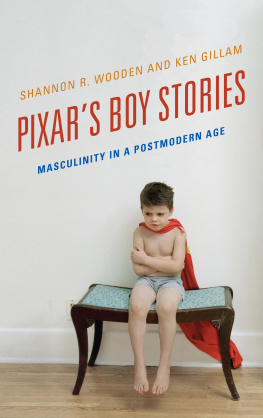
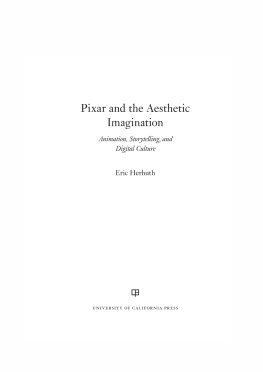

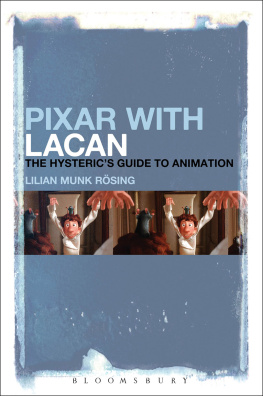
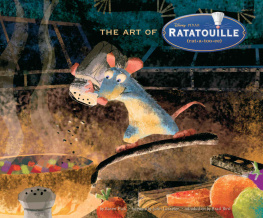



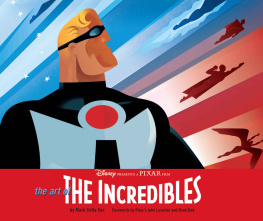
 TM The paper used in this publication meets the minimum requirements of American National Standard for Information Sciences Permanence of Paper for Printed Library Materials, ANSI/NISO Z39.48-1992.
TM The paper used in this publication meets the minimum requirements of American National Standard for Information Sciences Permanence of Paper for Printed Library Materials, ANSI/NISO Z39.48-1992.